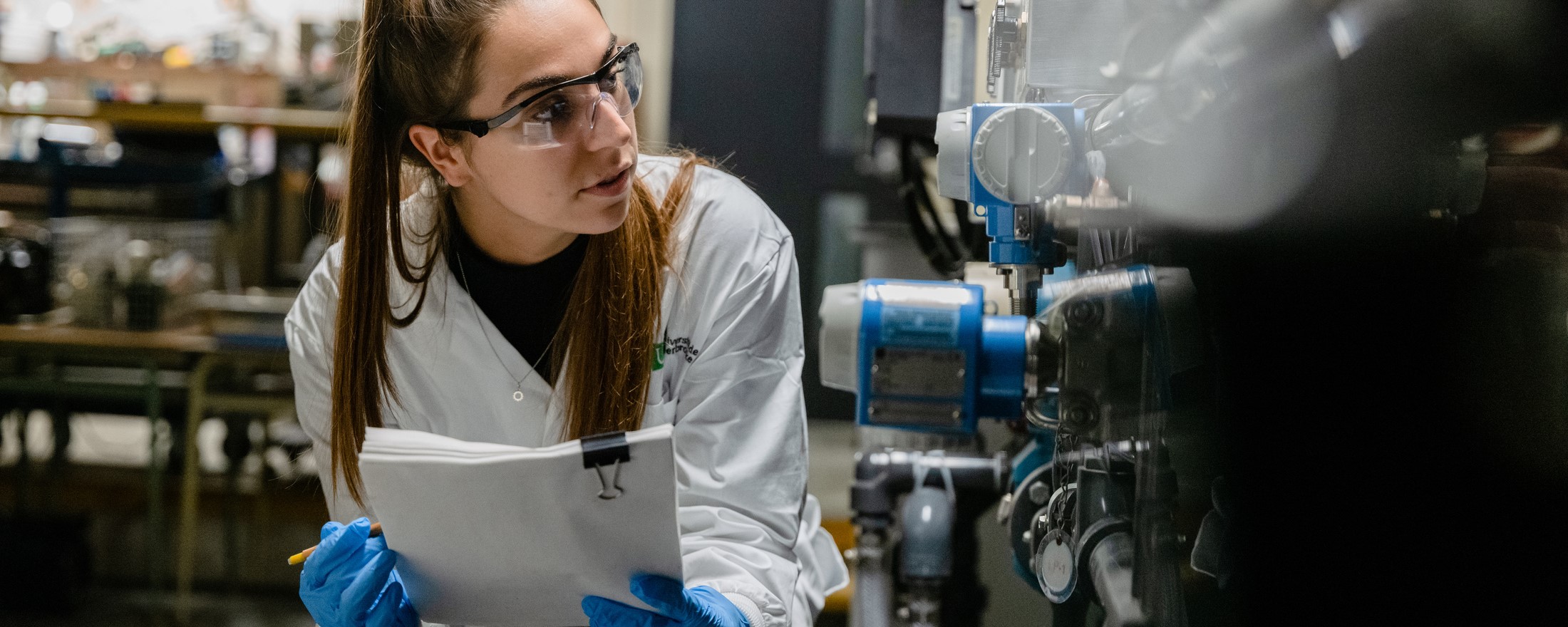Université de Sherbrooke, 10th for research in Canada
Research partnerships: Université de Sherbrooke forging links across Canada and around the world
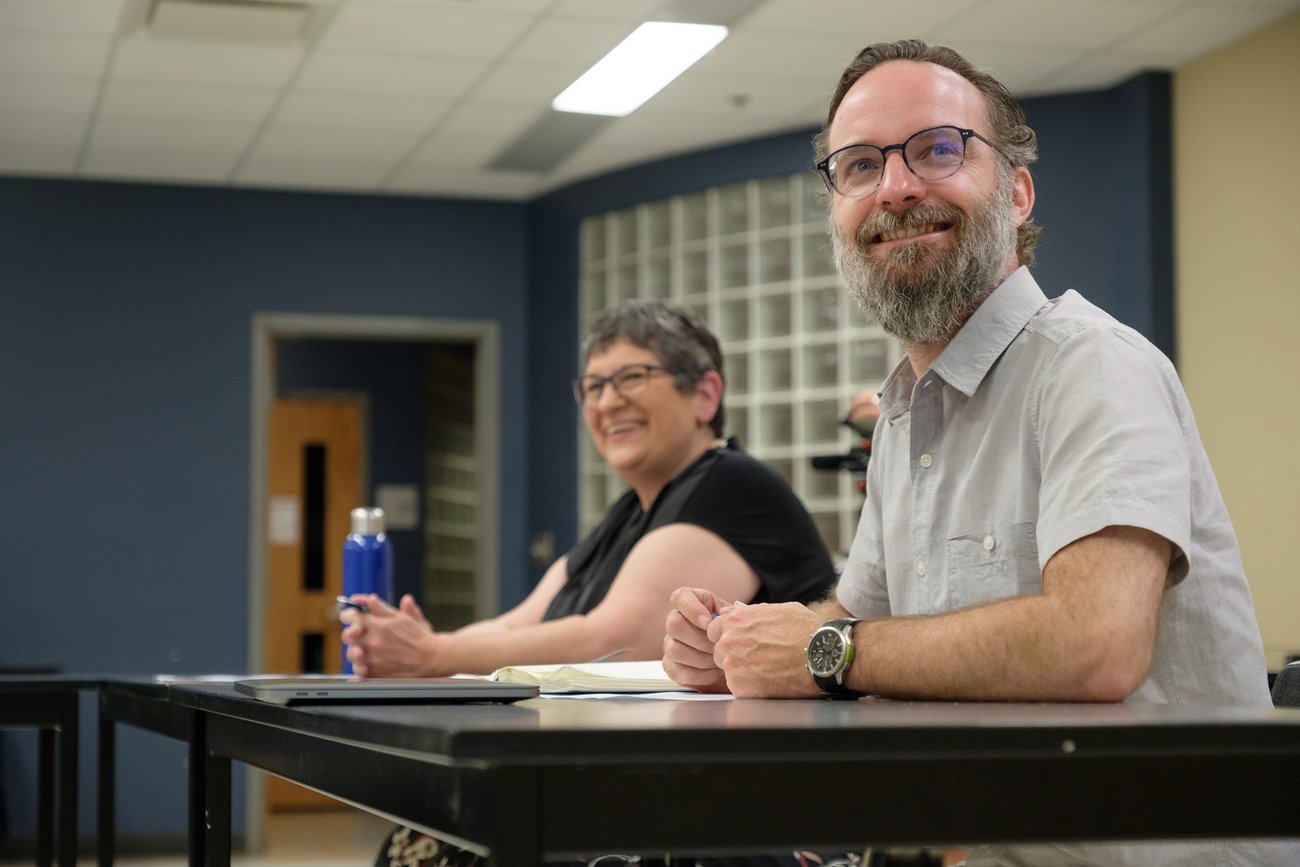
Photo: Michel Caron – Université de Sherbrooke
What is the secret behind the Université de Sherbrooke’s (UdeS) 10th place ranking among Canada’s most research-driven universities in 2023? This success is underpinned by a long tradition of partnerships with different sectors, as well as a strong commitment to integrating all means possible to facilitate collaboration between academia and the “real” world.
So many innovations and interdisciplinary exchanges emerge wherever the UdeS’s people-centred, collaborative approach is implemented.
As a result, a growing number of all kinds of partners are placing their trust in the UdeS’s research teams. This confidence stems from the Sherbrooke institution’s commitment to creating an environment conducive to pursuing top-quality research, thanks to state-of-the-art infrastructure and, of course, its dynamic researchers. However, it also owes a great deal to its history, making it the outstanding university it is today.
Connecting different communities to optimize results: Part of the UdeS DNA
The Université de Sherbrooke is far from being an elitist fortress of knowledge disconnected from the real needs of the population. This real-world mentality gradually developed into an integral part of the UdeS’s DNA starting in 1966 when the cooperative system was introduced, a first in Quebec. As historian Denis Goulet stated, this initiative was “the advantage of a small university open to individual initiatives. The importance this innovation holds in the Université de Sherbrooke’s future reach cannot be overstated.”
What is the relationship between co-op internships and research?
This collaborative spirit among its community and the different sectors has painted a bright future for how we conduct research. Our researchers establish connections with many different partners and pass on their knowledge, meaning their discoveries don’t get shelved away for the ages, they make a concrete impact.
From an idea to the real world
The university-business/organization collaboration model developed by the UdeS is not only leveraged by its faculty, its research partners also benefit in a process of mutual contribution. The last few years have been particularly prolific in this regard, as many specialized resources were devoted to establishing effective connections between organizational needs and the academic world.
The university-business/organization collaboration model developed by the UdeS is not only leveraged by its faculty, its research partners also benefit in a process of mutual contribution.
This led to the Business Partnership Group, whose mission is to support organizations (private companies, NPOs, foundations, institutions, and government bodies) in establishing productive collaborative research partnerships by providing support in identifying ideal researchers for their projects, securing funding, and meeting their innovation challenges. And it works! A case in point is the successful collaboration between a UdeS research team and FADOQ (Fédération de l’âge d’or du Québec), which led to the development of a tool to help seniors who want to move from their homes to choose their ideal living environment and to complete the necessary administrative procedures. This project is funded by the Social Sciences and Humanities Research Council of Canada.
Another initiative demonstrating this commitment to collaboration: The UdeS formed expert teams to facilitate the transition from research to market. A rare achievement in the university world, over 50% of the patented inventions that have emerged from our premises in recent years have been brought to market or made available to the public thanks to various partnerships, notably with TransferTech Sherbrooke, a research commercialization firm that works to bring research innovations to market. One project that took off in this context is Skyrenu, an invention with the dual advantage of capturing carbon dioxide from the atmosphere and then using it to decontaminate asbestos sites that was developed by a student team from the Faculty of Engineering under Professor Martin Brouillette. This invention is one of the 20 award-winning projects in the XPRIZE Carbon Removal competition launched by Elon Musk and whose outcome will be determined in 2025.
We cannot fail to mention the Accelerator for the Creation of Technological Businesses (ACET National Bank), another partnership established by the UdeS in 2011.
Access to world-class research facilities
Another secret behind the boom in UdeS’s research is our world-class facilities.
Thus, in collaboration with the Pharmacology Institute of Sherbrooke (IPS), a multidisciplinary research environment, it has positioned itself as a leader and an essential partner in drug research. The cross-cutting, complementary expertise of its researchers has led to numerous achievements and discoveries that advanced drug research in various pathologies.
While it does integrate start-ups, this unique institute in Canada has also secured grants totalling over $24 million for the 2022-2023 period alone.
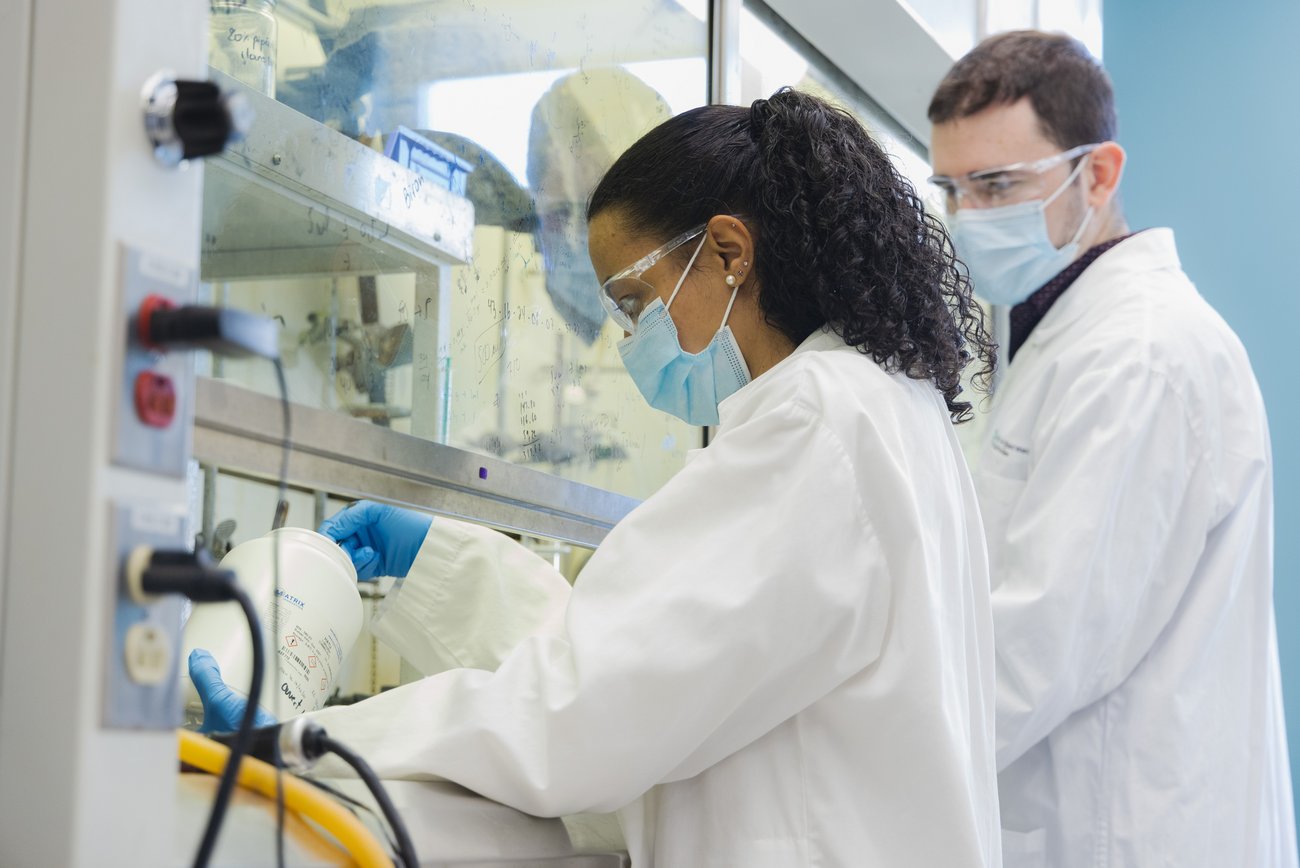
Photo: Mathieu Lanthier – Université de Sherbrooke
It also heads the Acuity Quebec, a project for improved prediction and imaging of laboratory-developed drug processes using artificial intelligence and molecular imaging to increase drug manufacturing in Quebec over the long term, and thus our autonomy of supply. This large-scale project brings together no fewer than 13 SMEs, three business accelerators/incubators, and 12 researchers from five institutions and research centres.
Another creation of the UdeS, the Integrated Innovation Chain brings together three complementary entities: the Institut quantique (IQ), the Interdisciplinary Institute for Technological Innovation (3IT), and the MiQro Innovation Collaborative Centre (C2MI).
Its mission is to bring together research staff, industrialists from various fields, and R&D companies to develop technological solutions that meet real needs.
Its fields of application include digital and quantum domains, environment and energy, aeronautics and aerospace, health and life sciences, security and defence, etc. Since 2010, this unique North American initiative has received over $1.5 billion in funding, of which no less than 60% comes from the private sector. The integrated innovation chain brings together nearly 500 partner organizations, including IBM Canada and Teledyne Dalsa, as well as start-ups associated with the Accelerator for the Creation of Technological Businesses (ACET National Bank), such as BOREAS.
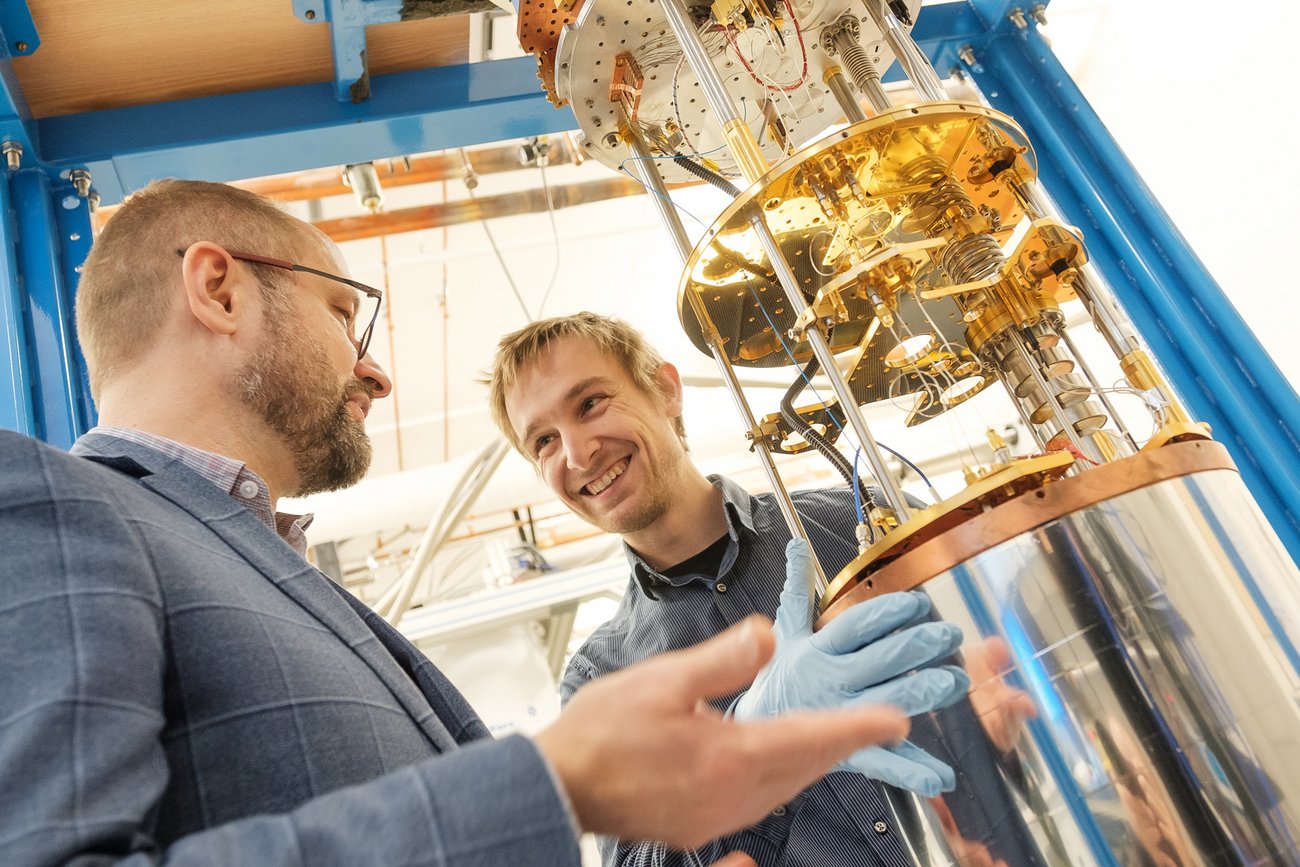
Photo: Michel Caron – Université de Sherbrooke
This ecosystem forms the core of several research programs, including two research chairs with IBM (professors Dominique Drouin and Julien Sylvestre) and two more with Teledyne Dalsa (professors Paul Charrette and Luc Fréchette). C2MI is the sole cofounder of the C2MI Research Chair in Microfabrication and Integration, headed by Professor Serge Écoffey of the UdeS’s Faculty of Engineering, as well as a partner in Professor Gwenaëlle Hamon’s Research Chair in Microelectronic Assembly Technologies for Energy and Optoelectrics.
The integrated innovation chain also enables recruitment of several students for internships, and often fosters their entrepreneurial initiatives. A case in point is Nord Quantique, a company founded by Institut quantique alumnus Julien Camirand-Lemyre that specializes in the manufacture of next-generation processors for quantum computers. The company uses the Institut quantique’s infrastructure to test its prototypes and to demonstrate proof of concept at 3IT. It then has access to the technological environment of the integrated innovation chain including the teams from C2MI to create an industrialized product.
Partner of Quebec’s innovation zones
In such a context, it is a source of pride for the UdeS—a founding partner of Technum Québec in Bromont and DistriQ in Sherbrooke—that the provincial government has approved these two major projects as Quebec’s first innovation zones in 2022. These projects have total investments of $690 million and are among the most attractive environments in the world of quantum and digital technology development, while promoting a continuum of training and innovation with our college and vocational training partners.
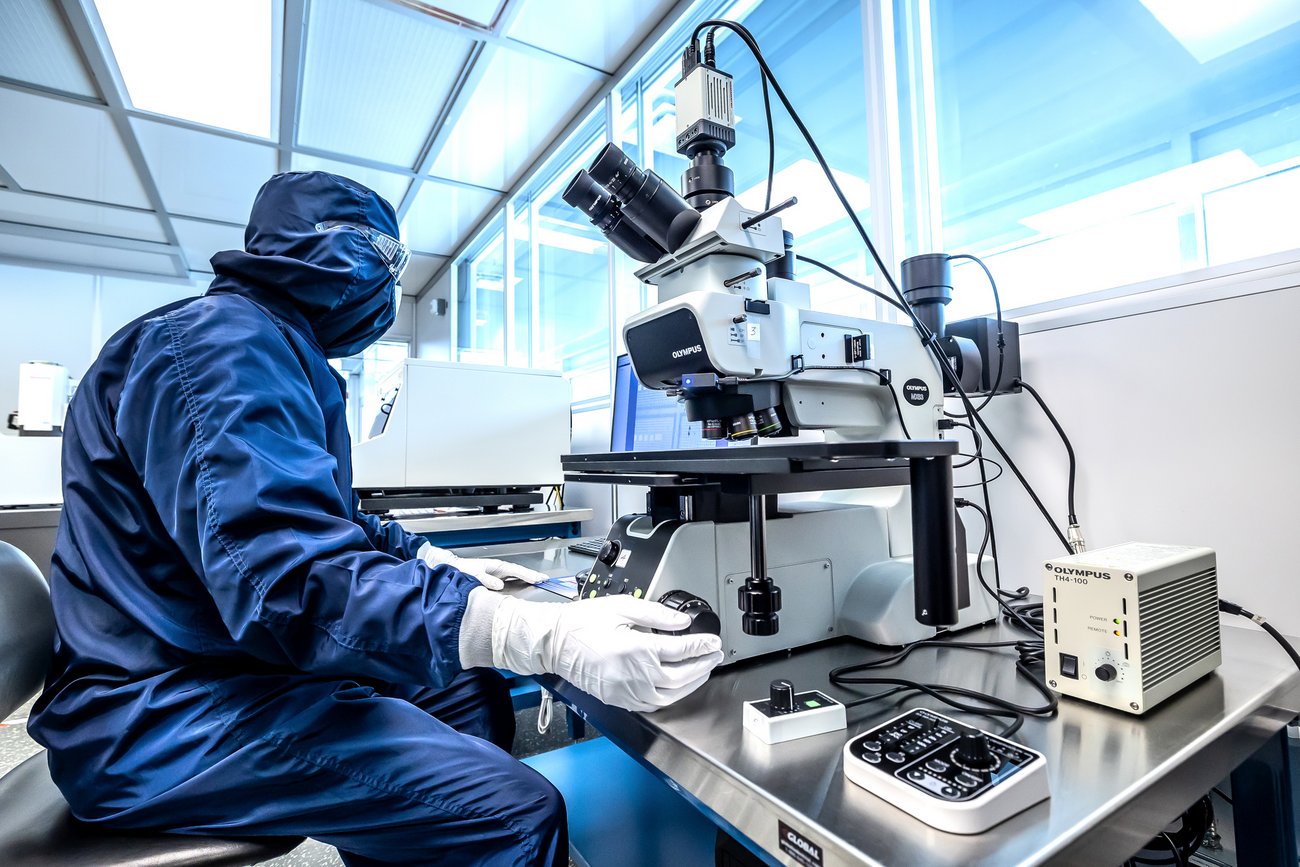
Photo: Simon Rancourt, collaborator
Once again, the Université de Sherbrooke’s unique ecosystem—combining the excellence of its cutting-edge research, corporate internship program at all academic levels, research chairs, Business Partnership Group, and entrepreneurial facilitation service—has a lot to do with such success.
The Université de Sherbrooke’s history and DNA make it a vibrant, dynamic environment that is always open to establishing productive partnerships to maximize its impact on people’s lives, while optimizing experiential learning opportunities for all levels of study. The UdeS is expanding and continuing at a pace that is dropping jaws with its research to the power of ten!
UdeS 10th in Canadian research
The harmonious union of partnership, mutualization, and interdisciplinarity is a strength unique to the UdeS. Learn about this innovative approach of building knowledge that has propelled the UdeS into the top 10 of Canada’s most research-intensive universities.
